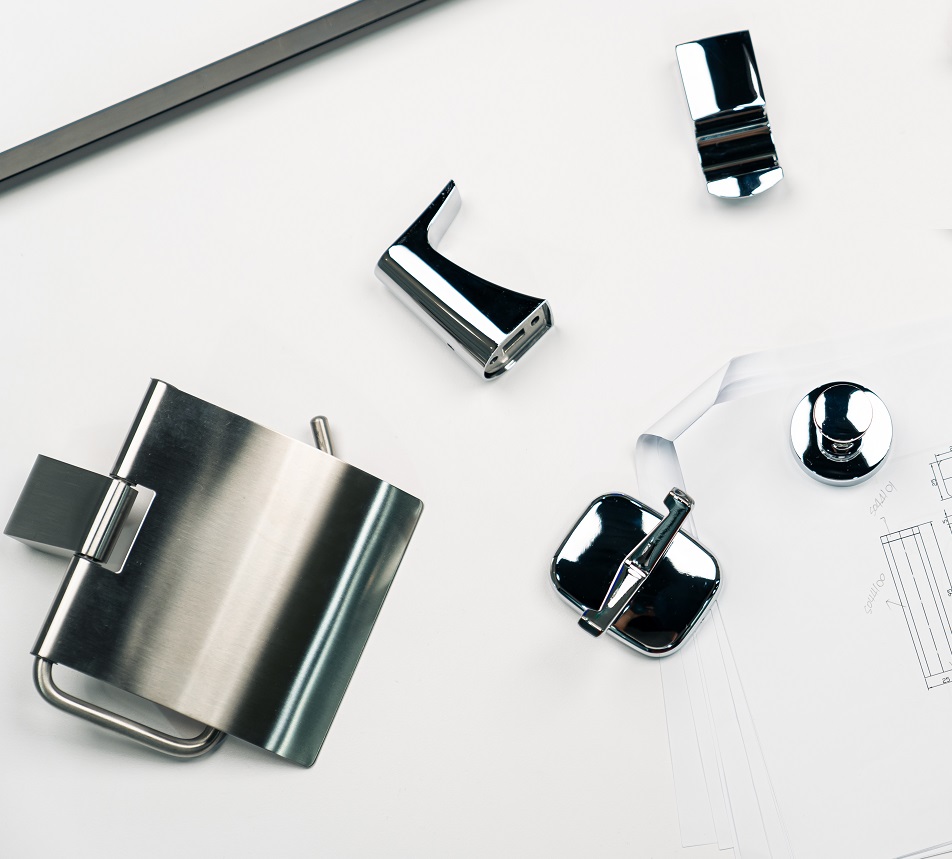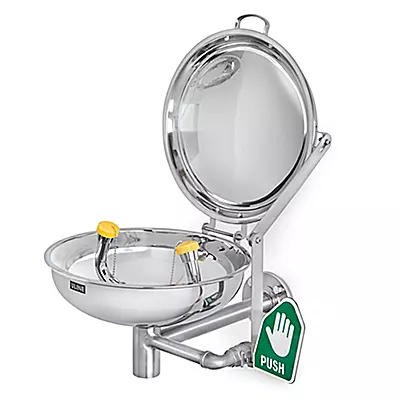
What is a Laboratory Faucet?
A laboratory faucet is more than just a water dispensing device. It is a vital tool in any lab setting, providing clean, controlled water flow for experiments, cleaning, and other essential tasks. These faucets are typically made from high-grade materials such as brass, stainless steel, or chemically-resistant plastics to ensure longevity and safety in environments where corrosive substances and high temperatures are common.
How are Laboratory Faucets Manufactured in Quantity?
Manufacturing laboratory faucets at scale involves a meticulous process that ensures each unit meets stringent quality standards:
- Material Selection: The process begins with selecting top-tier materials known for their durability and resistance to corrosion. Brass and stainless steel are commonly chosen for their strength and longevity, while specific plastics are selected for their chemical resistance.
- Precision Casting: Once materials are selected, they undergo precision casting or forging, shaping them into the basic structure of the faucet. This step is crucial for creating a solid foundation that can withstand the demands of laboratory use.
- Machining: After casting, the faucet components are machined to exact specifications. This involves cutting, drilling, and threading the metal or plastic to ensure a perfect fit for all parts, including spouts, handles, and valves.
- Surface Treatment: To enhance durability, the faucets undergo surface treatments such as electroplating, polishing, or coating. These treatments not only improve the aesthetic appeal but also provide an additional layer of protection against corrosion and chemical damage.
- Assembly: In the assembly phase, all components are meticulously fitted together. This step often includes the integration of specialized features such as laminar flow devices, vacuum breakers, and precise control valves, tailored to the specific needs of laboratory environments.
- Quality Testing: Before reaching the market, each laboratory faucet is subjected to rigorous testing. This includes pressure tests, leak tests, and chemical resistance tests to ensure they meet or exceed industry standards.
- Packaging and Distribution: Finally, the faucets are carefully packaged to prevent damage during transit and are shipped in bulk to distributors or directly to laboratories, ready for installation.


